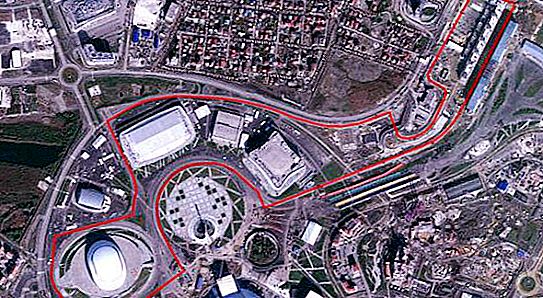Sverdlovsk region is the largest region of the Urals. Here the plains are interspersed with mountain ranges. The highest point is Mount Konzhakovsky stone, which rises to 1569 meters. In the article, we will talk about another peak, whose height is only 385 meters, but nevertheless it is unique.
Description
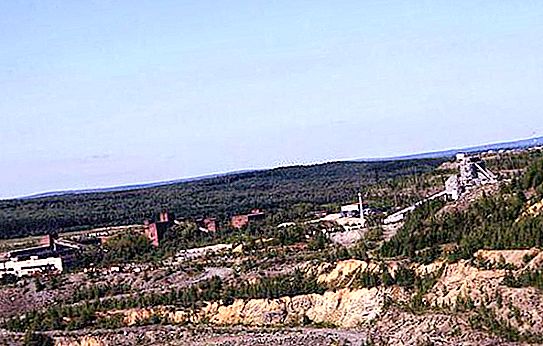
Mount Grace, which will be discussed in the article, is located on the eastern side of the Ural Range. At its foot is the city of Kushva. As already mentioned, its height is only 385 meters. Until the beginning of the 20th century, the mountain had 3 peaks, today, under the influence of anthropogenic factors, only one remained.
On the eastern slope of the mountain at an altitude of 250 meters above sea level is the source of the Salda River - the right tributary of the Tura. Also on the eastern side of the ridge is adjacent Saldinsky swamp, densely overgrown with cranberries.
Several names have Mount Grace. Magnetic Mountain or Iron - this is the name of this peak. Its western slope is composed of green-stone porphyry rocks, but the top and eastern slope are very rich in magnetic iron ore. Deposits of rocks have the form of huge rods of irregular shape and veins, which had a different structure: they could be fine-grained, dense, powdery or have the appearance of boulders.
What is known for Mount Grace
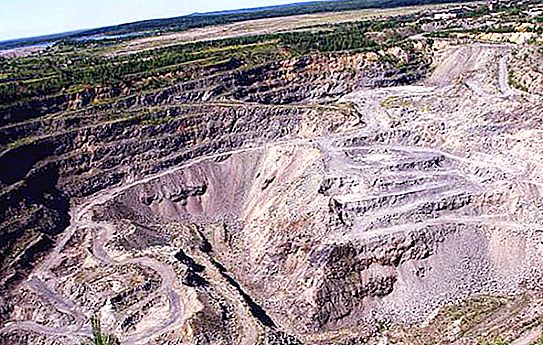
At the beginning of the 20th century, the world's largest development of magnetic iron ore was carried out on this mountain - a black mineral, which is very important for industry. Not a single deposit in the world could compare with the large-scale deposits of this oxide near the provincial town of Kushva.
Precisely as the world's largest magnetic iron ore deposit, Mount Grace is known, the description of which is given in the article.
History
Until the spring of 1735, this place was practically unknown to anyone until the hunter Stepan Chumpin found several large pieces of iron-magnetic rock on the slope. He took a piece of ore with him and took it to a local official, Sergey Yartsev, who was in charge of mining in the district. The official was a connoisseur and quickly organized a group with the goal of exploring the mountain. During the first search expedition on the eastern slope, huge deposits of very high quality magnetic ore were discovered. The scale of the deposit was astonishing; it seemed that Mount Grace was completely composed of this mineral.
According to legend, the locals were very angry with their compatriot Stepan Chumpin for the fact that he gave the authorities the secret of their mountains. For this, Stepan was burned alive. However, documentary evidence of this fact does not exist.
Black Mineral Extraction
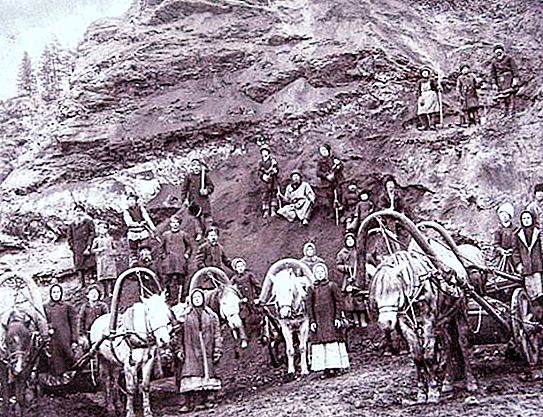
By the way, in 1735 the ridge did not yet have a name. The summit was named so by Vasily Nikitich Tatishchev in honor of the Russian Empress Anna Ioannovna (Anna in Hebrew means "grace"). The mountain, after confirming the rich deposits in its bowels of iron ore, immediately attracted the attention of Moscow, and already in September 1735, Tatishchev began mining iron ore, building mining plants, and laid the city of Kushva.
Later, the production was handed over to the General Berg-Director, Schemberg, who undertook to pay the cost of the already constructed buildings to the treasury. Schemberg was very active in ore mining, hiring a large number of workers, but the treasury did not wait for money from him. Therefore, in 1754 the mountain was taken from him and transferred to the possession of Count Pyotr Ivanovich Shuvalov, who assumed all the debt obligations of Schemberg. But he did exactly the same as his predecessor: he mined ore in huge quantities, but he put all the proceeds in his pocket without paying a penny to the treasury. After the death of the count in 1763, by decree of Catherine II, Mount Grace passed into state ownership, which was a blow to his son and heir, Count A.P. Shuvalov.
Extraction of black mineral continued until 2003, when the deposit turned out to be fully developed. Therefore, it was closed. Now in that place there is a huge quarry having a kilometer diameter and a depth of up to 320 meters. The closure of the mine negatively affected the economy of the city of Kushva, since almost the entire working population was somehow connected with the extraction of magnetic iron ore.
sights
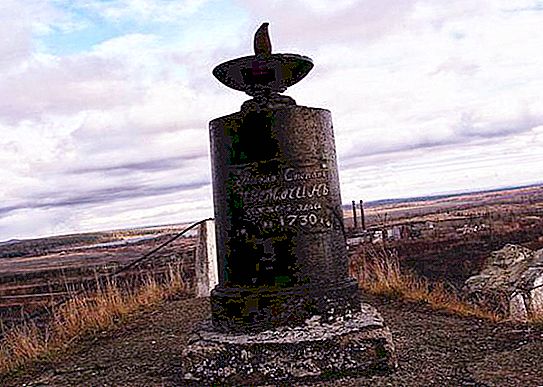
Tourism infrastructure is not developed here. Travelers rarely call on Grace. The mountain attracts some with its huge career; others want to see a monument to Stepan Chumpin, the discoverer of the field, installed on the very top in 1826. It is a cast-iron pedestal on which a metal bowl stands, tongues of flame burst from it, symbolizing the death of the discoverer through burning.
Once upon a time on the top of a mountain on a platform of magnetic iron ore stood the Transfiguration Chapel. Locals worshiped it very much, and every year on the day of the Transfiguration of the Lord (church holiday) a procession was held here. After the revolution, the chapel was completely destroyed.


